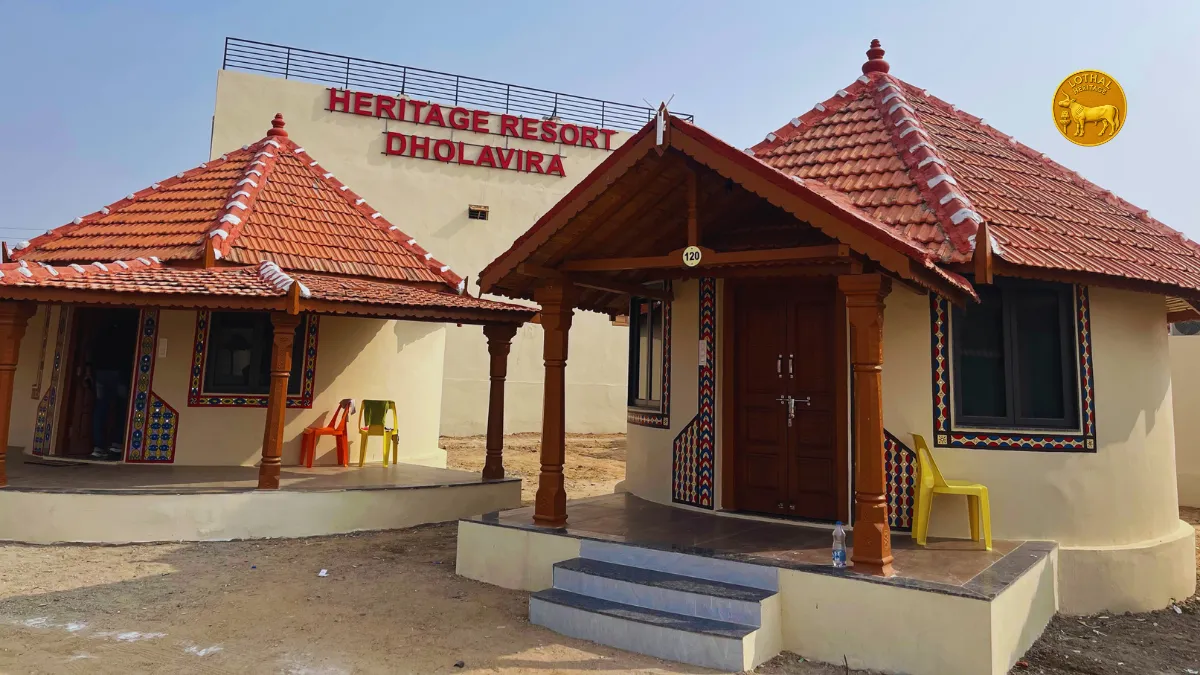Hastinapur Wild Life Sanctuary is one of the most fascinating biodiversity reserves in northern India. Located in Uttar Pradesh, this sanctuary is spread across several districts including Meerut, Ghaziabad, Bijnor, and Amroha. Known for its rich flora and fauna, the sanctuary is not just a haven for wildlife lovers but also holds immense cultural significance, as Hastinapur is mentioned in the ancient epic Mahabharata.
Overview of Hastinapur Wild Life Sanctuary
Established in 1986, Hastinapur Wild Life Sanctuary covers nearly 2,073 square kilometers of land. It is part of the upper Ganga basin and includes dense forests, grasslands, swamps, and rivers. The sanctuary provides shelter to a wide variety of animals, birds, and reptiles, making it an ideal destination for eco-tourists, researchers, and nature enthusiasts.
Key Details of Hastinapur Wild Life Sanctuary

| Feature | Information |
|---|---|
| Location | Uttar Pradesh (Meerut, Ghaziabad, Amroha, Bijnor) |
| Established | 1986 |
| Total Area | Around 2,073 sq. km |
| Best Time to Visit | November to March |
| Main Attractions | Swamp deer, elephants, gharials, migratory birds |
| Nearest Airport | Delhi (Indira Gandhi International Airport) |
| Nearest Railway Station | Meerut and Bijnor |
| Activities | Wildlife safari, birdwatching, photography, nature walks |
Flora and Fauna of Hastinapur Wild Life Sanctuary
One of the main highlights of Hastinapur Wild Life Sanctuary is its diverse wildlife. The sanctuary is home to many rare and endangered species.
- Mammals: Leopards, swamp deer, blue bulls (nilgai), wild boars, elephants, and langurs can be found here.
- Birds: The sanctuary is a paradise for birdwatchers, with species like painted storks, sarus cranes, cormorants, and migratory birds visiting during the winter season.
- Reptiles: Gharials, pythons, and monitor lizards thrive in the rivers and wetlands of the sanctuary.
- Vegetation: Dense forests of sal, sheesham, khair, and jamun trees dominate the landscape, along with grasslands and riverine vegetation.
This variety of habitats ensures that the sanctuary supports a balanced ecosystem, making it a crucial wildlife conservation site in India.
Things to Do in Hastinapur Wild Life Sanctuary
A visit to Hastinapur Wild Life Sanctuary is not just about spotting animals. It offers a complete nature experience.
- Wildlife Safari – Explore the sanctuary’s interiors through jeep safaris and spot animals in their natural habitat.
- Birdwatching – Winters are the best time to witness thousands of migratory birds flocking to the wetlands.
- Photography – The lush forests, wildlife, and scenic rivers provide excellent opportunities for nature photography.
- Nature Walks – Walking trails allow visitors to experience the peace and beauty of the forest closely.
- Cultural Tour – Since Hastinapur is historically significant in the Mahabharata, visitors can also explore nearby temples and historical sites.
Best Time to Visit Hastinapur Wild Life Sanctuary
The sanctuary remains open throughout the year, but the best time to visit is between November and March. During this season, the weather is pleasant, wildlife sightings are higher, and migratory birds arrive in large numbers. Summers can be extremely hot, while the monsoon months make it difficult to explore due to waterlogging.
How to Reach Hastinapur Wild Life Sanctuary
- By Air: The nearest airport is Indira Gandhi International Airport in Delhi, around 120 km away. From there, taxis and buses are available.
- By Train: Meerut and Bijnor are the closest railway stations with good connectivity to major cities.
- By Road: Hastinapur is well-connected by road from Delhi, Meerut, and Ghaziabad. Regular buses and private vehicles can be used to reach the sanctuary.
Importance of Hastinapur Wild Life Sanctuary
Apart from being a tourism spot, Hastinapur Wild Life Sanctuary plays a significant role in conserving biodiversity in Uttar Pradesh. It protects endangered species like swamp deer and gharials while also maintaining the ecological balance of the upper Ganga basin. For local communities, it supports eco-tourism and environmental awareness.
Also read: Salim Ali Bird Sanctuary: How to reach,information,opening time in Goa
Conclusion
A trip to Hastinapur Wild Life Sanctuary is a rewarding experience for nature lovers, birdwatchers, and wildlife enthusiasts. With its mix of forests, rivers, and grasslands, the sanctuary offers an authentic glimpse into India’s natural heritage. Whether you are looking for adventure, photography opportunities, or just a peaceful escape into nature, Hastinapur should be on your travel list.













